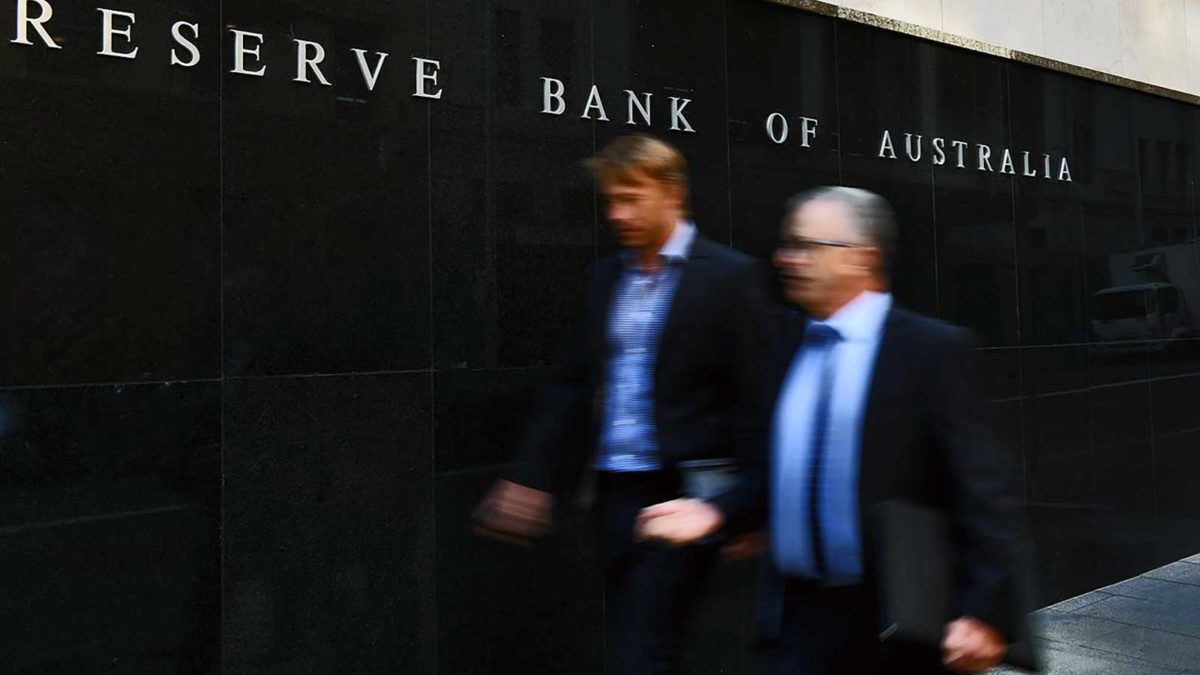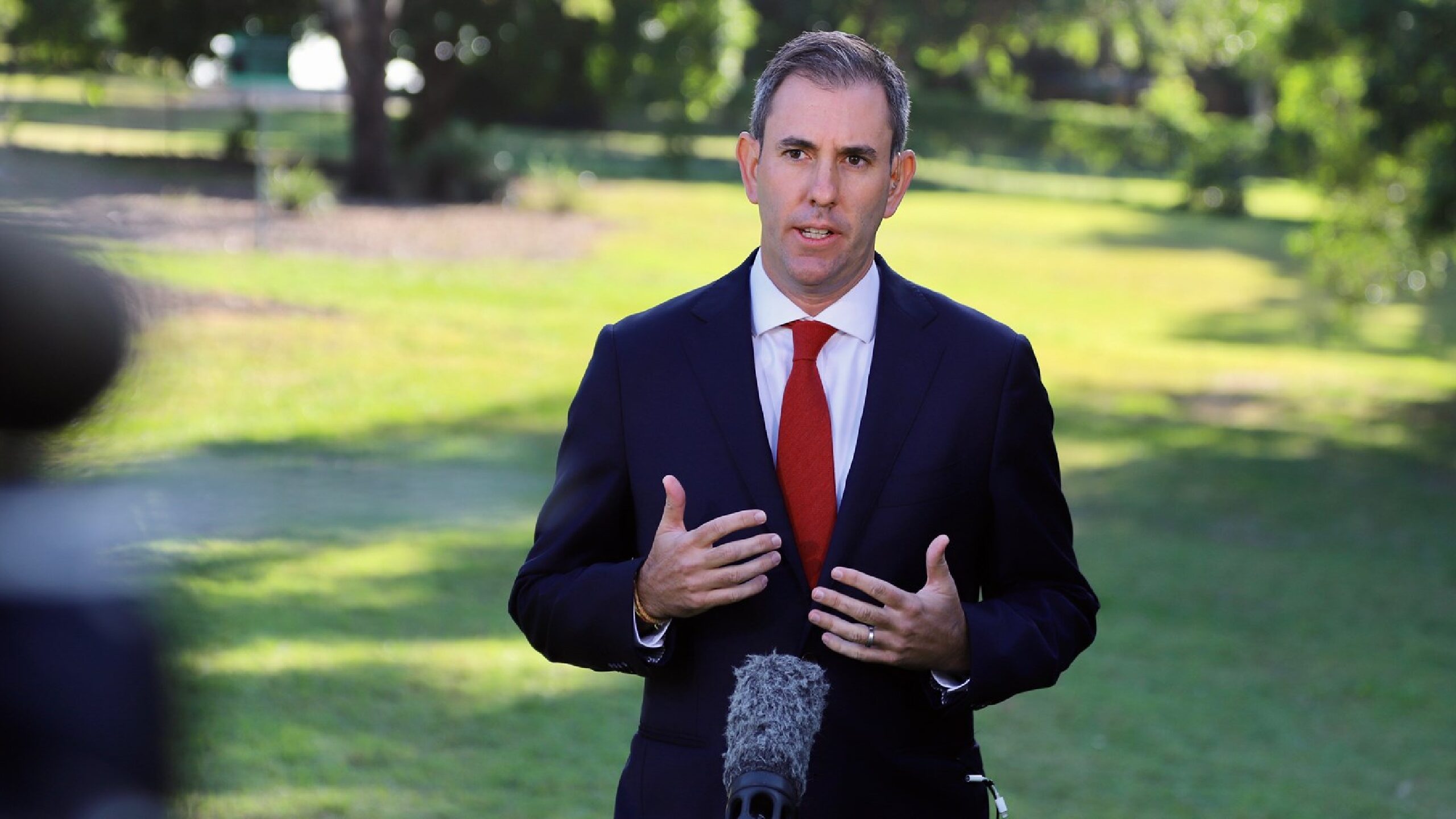Borrowing capacity shrinks as RBA mulls higher rates
The maximum borrowing capacity of new and existing home buyers has fallen significantly, suggesting that the impact of higher interest rates imposed by the Reserve Bank of Australia (RBA) is beginning to flow through the economy.
Research by RateCity highlighted that the average person’s borrowing capacity has fallen 20 per cent, or $134,500, as a result of the past final five rate increases. The modelling assumes an average adult weekly wage of $92,030, with a loan-to-value ratio of 80 per cent.
This means would-be home buyers or investors looking to take out a home loan could find themselves priced out of the market, with expectations regarding location and the maximum purchase price needing to be readjusted. The impact is also beginning to show up in dwelling prices, which have fallen 3.5 per cent nationally from their peak in April.
The conclusion is supported by the latest lending data released by the Australian Bureau of Statistics (ABS). The value of lending to investors has fallen 16.1 per cent since April, followed closely by first home buyers which has decreased 15.8 per cent. Notably, financing secured by subsequent buyers (owner-occupiers looking to replace their existing property) has fallen just 5.8 per cent.
ABS head of finance and wealth Katherine Keenan says, “the value of loan commitments remained significantly higher than pre-pandemic levels”, albeit this also reflects a material appreciation in house prices over the past two years.
“Owner-occupier loans in July 2022 were 40 per cent higher than February 2020, while investor loans were 78 per cent higher,” Keenan adds.
Offsetting the fall in borrowing capacity is the fact that only around 10 per cent of borrowers take out a loan at the maximum possible size.
Commenting on the potential for lending stress, ANZ’s general manager of home loans John Campbell says: “There could be a segment or a portion who have borrowed recently and borrowed to the maximum. We will have to watch that very closely. But nothing to date yet.”
Finally, the RBA is heard
Nonetheless, evidence of the Australian economy contracting will be music to the ears of the RBA. So far, economic data including retail and labour figures have pointed to a robust economy yet to reflect higher interest rates.
The RBA does not explicitly target the property sector. However, it is acutely aware that a reduction in credit and subsequently prices will force borrowers to tighten their belts and hopefully bring inflation – currently at 6.1 per cent and expected to reach as high as 8 per cent by year-end – back to its target band of 2-3 per cent.
Uncharted territory
The central bank will likely enter uncharted territory on Tuesday when it meets for its next monetary policy meeting. The RBA has cumulatively increased interest rates by 225 basis points since May and is now teetering on the 250 basis point serviceability buffer imposed by the prudential regulator.

A fifth consecutive 50 basis point increase forecasted by the three of the big four banks would push interest rates beyond the buffer, meaning a large proportion of borrowers who were approved during the pandemic would not have been stress tested at such levels.
A 25 basis point move – predicted by Commonwealth Bank – would bring the cash rate to 2.6 per cent, marginally above what is considered the neutral rate where monetary policy is neither tightening nor stimulating.
Commonwealth Bank cites recent comments by RBA Governor Philip Lowe that monetary policy operates with a lag and that the case for a smaller interest rate increases becomes stronger as the cash rate rises.
However, with central banks across the globe also raising rates simultaneously, the RBA risks falling behind and leaving the Australian dollar weakened against its trading partners, particularly the United States.
ANZ head of global economics David Plank says the RBA cannot afford to slow rate rises ahead of September inflation data (which is released in October). If the consumer price index exceeds expectations, the central bank will forced to reverse tact again.
“We think this sort of ‘back-flip’ would damage the RBA’s credibility,” Plank concludes.










